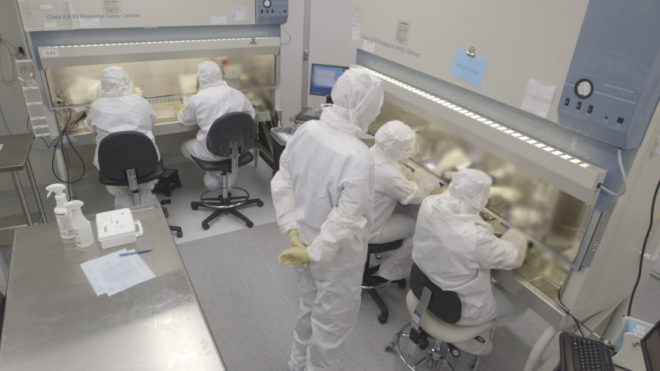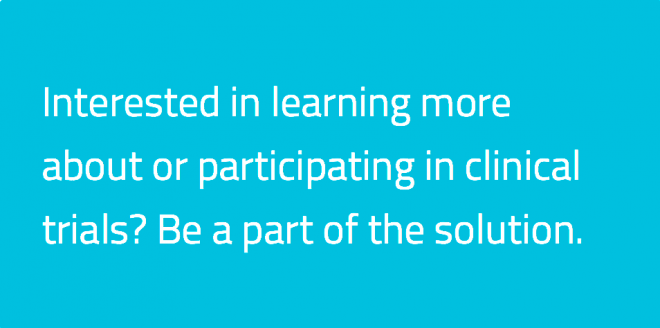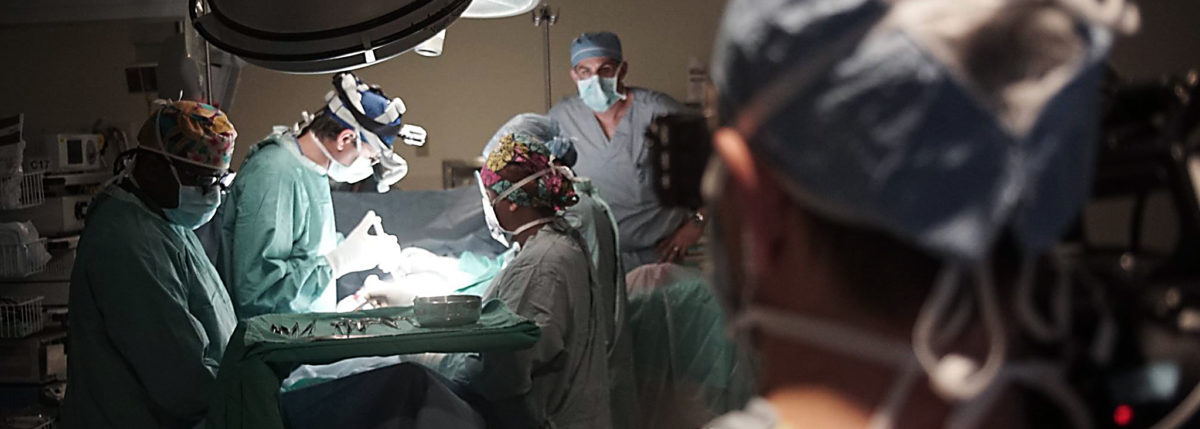The Human Trial and What it Means for a Cure
Award-winning filmmaker Lisa Hepner has lived with type 1 diabetes for 25 years. She’s produced films and programs for some of the biggest networks in the industry—Sony Pictures Classics, HBO, A&E, PBS, Lifetime, Discovery, MTV, TLC and the CBC to name a few. In 2003, she created Peace by Peace: Women on the Frontlines that profiled women peacekeepers in Afghanistan, Argentina, Burundi, Bosnia-Herzegovina and the US. The film premiered at the UN, giving world policy makers a glimpse into war-torn nations and showing them how women are playing a vital humanitarian role in the aftermath of war.
Looking for heroism in the forgotten corners of our globe and from those least likely to claim the spotlight, Lisa turns her eye to the stem cell research (regenerative medicine) being done by ViaCyte—a biotech company based in San Diego that is currently conducting the first-ever clinical trial to implant stem-cell derived beta cells into humans. The desired result is the end of insulin dependence, or in other words—a practical cure for diabetes. “As we film, we’re learning what it takes to push medical research forward,” says Hepner. “I admire the researchers who are dedicating their lives to curing a chronic disease, especially because all research is incremental—it’s such a long and expensive process.”
ViaCyte’s trial is the third ever embryonic stem cell trial in the US, and only the sixth ever in the world. It’s also one of the first feature documentaries to be made on diabetes, a disease estimated to be one of the leading causes of death by 2030 (WHO). Lisa Hepner, along with her partner Guy Mossman, (of Vox Pop Films production company) have been given real-time access to the ViaCyte labs and are following the progress of this unprecedented medical endeavor that has the potential to change the lives of millions. The story of The Human Trial has us all on the edges of our seats, and here is Lisa Hepner to tell it.
BT1: You said that your partner, Guy Mossman, was the one who encouraged you to tackle the subject matter after a difficult hypo in the night. Although you’ve had type 1 for 25 years, you were hesitant to take on the project. Why is that?
LH: I think I wanted to not think of my chronic illness; I didn’t want it to define me. My attitude has been that I wanted to focus on my career, my family and my friends. I was on my own when I was diagnosed at age 21, studying at the University of Edinburgh in 1991. I always felt like it [diabetes] was mine alone. And it’s so exhausting living with it every day, I didn’t want to dedicate any more effort and brain resources to it. [She laughs.] Maybe I was drinking the type 1 Kool-Aid of wanting to keep it invisible. And making a film certainly makes it public. While I shared the fact I had diabetes with people before, I didn’t stand on a soap box like this—until now.
BT1: Your documentary Peace by Peace: Women on the Frontlines (2003) premiered at the UN and aired on PBS. It was a big deal to say the least. How is this film compare in terms of scope? Is it more personal because of your diagnosis?
LH: This is a way bigger film than that one. The Human Trial has the potential to make a huge difference in people’s lives and how they deal with the disease. We also hope to change how stem cell research is perceived.
To be honest, diabetes is not a sexy disease to support. How many blue ribbons do you see at the Golden Globes? I’m not pitting diseases against each other. But I think maybe people take diabetes less seriously because it’s an invisible disease to many, and the smaller the devices get that we use to stay alive, the more invisible it appears to others. Only when you are touched by it do you see it and get it.
It’s a ton of work to do a passion project like this, but it does hit close to home. I have a lot of people donating their time to the film because they either have type 1 or someone they love has it. There’s been so much interest and support from the type 1 community.
BT1: It’s said that one donated human embryo might be the cure for millions of people suffering from diabetes. How is this possible?
LH: It all starts with a blastocyst or 5-day old embryo. These microscopic embryos are incredibly powerful as they can differentiate into any type of cell in your body. So in the case of ViaCyte, they received donated blastocysts from a couple who had gone through IVF and who decided to donate their leftover embryos to science. It took several years, but ViaCyte’s researchers were able to create beta cells from this stem cell line that originated from one donated embryo. Incredible, right?
BT1: So essentially, these stem-cell derived beta cells are implanted into a patient (this is called islet cell replacement therapy), and the hope is that the beta cells not only survive but also multiply (as stem cells do) and mature into a properly-functioning (insulin-producing) islet cells of the pancreas. Now that 12 patients have had the cells implanted, is there any sign that the trial has been successful in some way, even in its early phase?
LH: In January, Paul Laikind, CEO of ViaCyte, announced that one of the patients in Cohort 1 showed cell survival 12 weeks after the VC-01 device was implanted in him. This is a significant finding because the huge hurdle for encapsulation has always been to keep the transplanted beta cells alive and reproducing.

BT1: Why are some people still wary of researchers using embryonic stem cells?
LH: It’s a great question. I would immediately say it’s because a lack of education and understanding of the process. If these microscopic embryos weren’t being donated to science, they would probably be discarded. Isn’t it better to use them for cure research?
BT1: People are weary of companies that claim to have “a cure” for diabetes, having waited for decades and been disappointed by unfulfilled promises time and time again. ViaCyte hopes to have a cure, but what type of cure are we talking about? Is it a “functional cure” or a “biological cure”?
LH: Let’s call it a “practical cure.” If ViaCyte’s product works, it will mean the end of insulin injections and blood sugar testing. That sounds like a practical cure to me.
BT1: It’s groundbreaking that ViaCyte has made it to human trial (you’ve mentioned that 5 in 5,000 drugs get approval from the FDA for clinical trial). How long will the trial take?
LH: We are looking to release the film in 2017, but it’s difficult to say when the trial ends—it all depends on the results.
BT1: What do you want to tell people before they see the film?
LH: That it’s not just a film about diabetes. It’s about a universal quest to make difference, and to help millions of people live better lives. ViaCyte is breaking new ground in the field of embryonic stem cell research (regenerative medicine), and they are showing early signs of success. This is amazing as their findings will not only help people with insulin-dependent diabetes, but they will also help people with a myriad of other chronic diseases. Fundamentally, we have access to a great story, and we can’t wait to share it.
BT1: What do you hope—if there is one thing—that people take away from the film?
LH: That diabetes should be taken seriously, and that the scary headlines shouldn’t be ignored. It’s an invisible disease that can shorten your life by 12-18 years. We need to support more cure research, specifically stem cell research.
BT1: What have you learned in the process of making the film that really inspired you or gave you a deeper understanding of type 1?
LH: In the first phase of ViaCyte’s trial, the patients are receiving a sub-therapeutic dose of insulin-producing cells. So they won’t see much of a difference in their blood sugar control, if any. And because they’ve been a part of the trial’s early phase, they can’t participate later when the patients get enough insulin-producing cells to impact their blood sugars. So these first patients are truly heroes. They are “taking one for the team,” to test the safety of the device while not benefitting from it, at least not right away.
Editor’s Note: Beyond Type 1 is a proud outreach and branding partner of The Human Trial. As a partner, we have contributed financially to the production, and will work to promote and engage viewers of the documentary upon its release.
For more information on The Human Trial
Other work from Lisa Hepner and Guy Mossman at Vox Pop Films
Learn more about ViaCyte’s work HERE.
ViaCyte is a grantee of Beyond Type 1. Learn more about our grantees.






